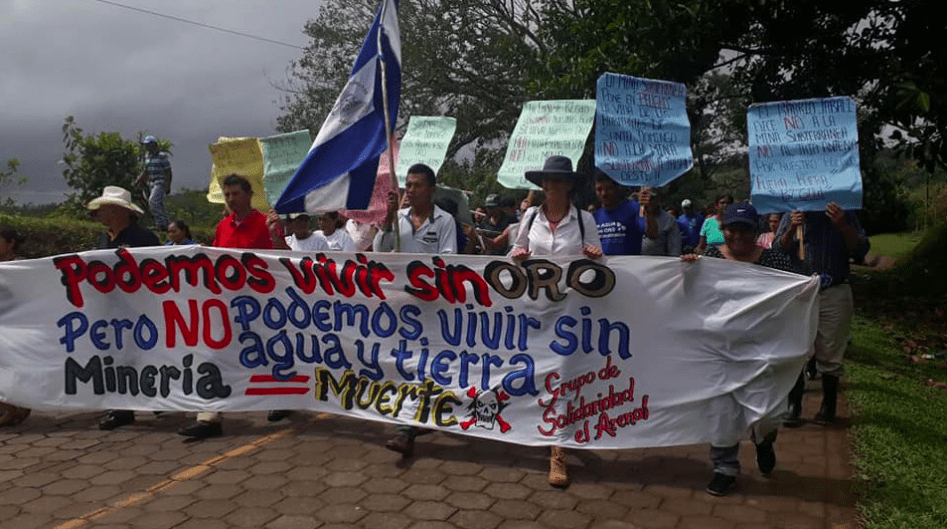Report by ENCA member James Watson
April 2019
Key words: Mina La India; Condor Gold; anti-mining activism;
The Nicaraguan mining project in the district of La India, a concession by the Nicaraguan government to the British Condor Gold mining company, covers some 313 km2, in a mixture of underground and opencast work.
The Nicaraguan government’s newsletter Informe Pastrán quotes Condor Gold’s Nicaraguan manager, engineer Aiser Sarria Sirias. He explains that this project will be an example for the modern mining industry, in full understanding and compliance with international standards in terms of environmental protection and sustainability, risk prevention and safety.
A report from the Communal Movement of Mina La India, however, refutes these claims. The Movement has filed a claim within the World Bank’s ombudsman system, stating that the project violates both national and international laws, with a resurgence of repression of local activists. Members of the community are concerned about the depletion of groundwater resources, access, impact on the ecosystem, possible seismic activity risk, and involuntary displacement.
They report that on November 15th (2018), Canta Cruz de la India was occupied by riot police to interfere with local opposition organising. Houses have been searched and anti-mining activists interrogated without legal grounds, they claim. Olmán Onel Salazar, a member of the community and the National Movement against Industrial Mining, MONFAMI, is currently in hiding from this persecution.
Nicaragua is regrettably no exception to the regional pattern of local communities fighting against the well-known impacts of mining, while the government and international mining industry try hard to suggest that their projects will be the exception and escape such downfalls – despite the enormity of their impact.
